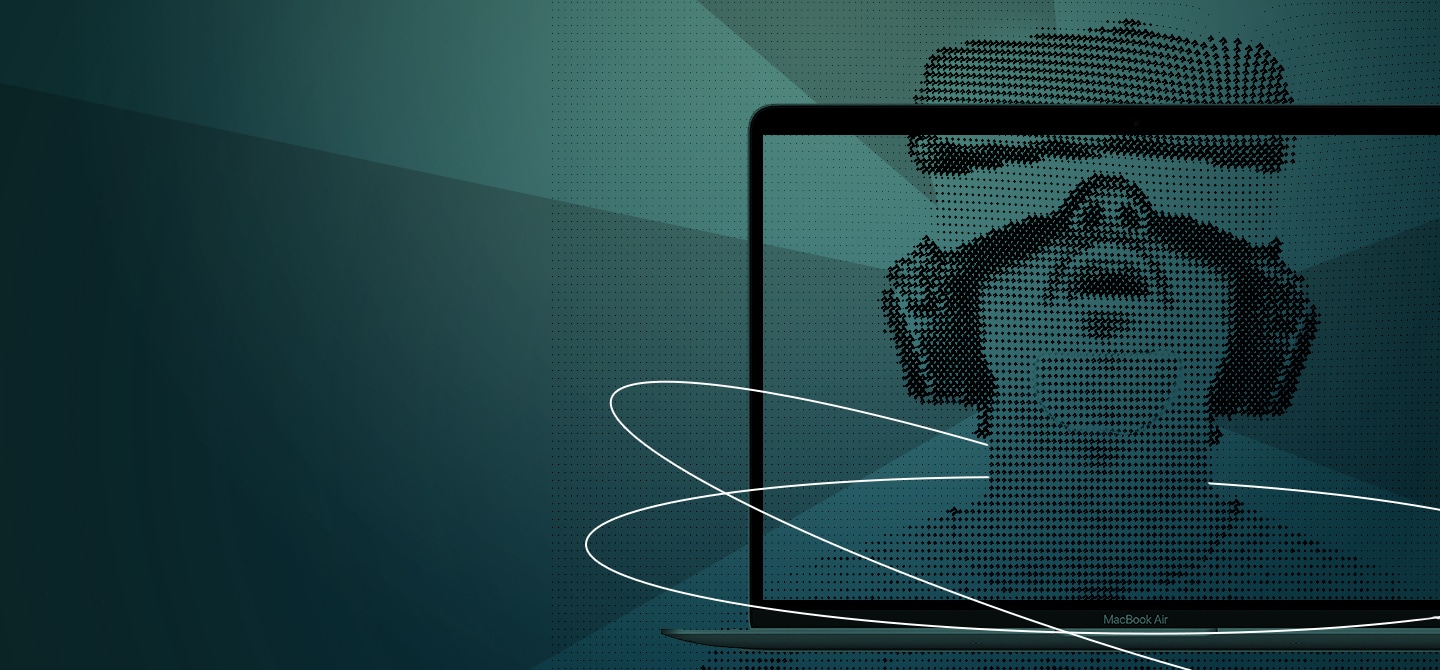The potential of metaverse services is still largely unknown; a situation that can be compared to the internet bubble at the end of the 1990s. At that time, many people dreamed of new forms of e‑commerce, but did not have the technology to put them into practice. Many clothing start-ups promised customers virtual booths where they could try on their next shirt or shoes. Most have since disappeared, and many sceptics believed that people would never buy clothes online. Times have changed, as have mindsets and tools.
The other major event with which the emergence of the metaverse can be compared is the advent of the third-generation mobile network UMTS in the mid-2000s. This was a time when 3G promised to create new services worth hundreds of billions of dollars. But most of them did not see the light of day or did not catch on with the general public. Yet, 3G has nonetheless been a success with the emergence of social networks, the app market, and the explosion of mobile advertising.
Tipping point
Today, it seems that we are on the verge of a similar upheaval with the metaverse. At some point in the near future, people will develop new uses, unaware of the technology behind their new practices. If today almost all of us use smartphones, tomorrow we will undoubtedly have other devices for accessing the metaverse via augmented or virtual reality. When these devices become more user-friendly, the time will come for the mass market. A whole new range of services will emerge, and we will experience a new digital revolution.
The first of these revolutions was that of the computer connected to the Internet through search engines or web browsers. It had two disadvantages: it required a wired connection, and then you had to be at home. The second revolution was the touchscreen smartphone, where we moved from a browser approach to an application approach. It led to a significant change in the way we use our devices, and in our relationship to consumption, socialisation, entertainment, etc.
But forecasting remains a complex science. The next revolution, following on from the smartphone, was supposed to be the voice revolution with the craze for connected speakers. But in the end, this did not really generate any innovative uses. The next revolution will perhaps be that of the metaverse – a more immersive access to virtual worlds that will no longer be limited to the surface of a touch screen. With the metaverse, this physicality will disappear.

The market already exists
There are already sectors at the cutting edge of this field, such as the video game industry, which has had a foot in the metaverse for almost twenty years, producing game experiences that enable immersion in virtual environments. Other innovations will also come from the porn industry, always at the forefront of digital innovation. It is the first sector to have launched paywall or subscription-type economic models for consuming streaming content. With proven success.
In the commerce sector, the main challenge of the metaverse will be its ability to create a universe equivalent to shopping malls, meta-environments where consumer platforms, entertainment services and probably many other uses that we have not yet imagined will be aggregated, whether or not irrigated by crypto-currencies, NFTs and the blockchain.
But this sector is still largely dependent on the physical constraints of logistics and proximity. Before the emergence of the internet, in-store shopping was intrinsically linked to geographical proximity. Today, distance is less of a constraint, but it has not disappeared, contrary to what one might think at first glance. The large platforms in the sector have for the most part remained national platforms. Trading sites are not always the same from one country to another and local specificities persist. However, if there are some differences in consumption, we can see that these global platforms can adapt to regional tastes and preferences. If we take the example of Netflix, they have developed an offer that can be adjusted to each individual country.
Integration with existing platforms
It is also very likely that the metaverse will be the entry point to the same ecosystem, whether it is the Amazon, Meta or Apple ecosystem. This explains the fierce struggle between the GAFAMs and certain Chinese giants such as Alibaba to become the future champion of the coming revolution. Faced with Asia and the United States, European players are not in a position to master all these technologies. In France, for example, we have very successful companies in cryptography or cybersecurity, but this is not enough to dominate this emerging market.
On the other hand, what is more or less certain is that there will be no single global metaverse. There is bound to be a Chinese metaverse, for example, which will not allow its citizens to visit virtual territories not subject to censorship. State regulations will necessarily create limits or borders, even within these virtual spaces. It will also be necessary to protect consumers, organise relations between Internet users and platforms, etc. And not everything will happen exclusively on the metaverse. We can very well imagine a mixed use between the smartphone, a virtual universe and even a physical shop. The success of online shopping has not killed off shops. And other forms of commerce have emerged that allow us to go back and forth between the physical and online worlds.
Finally, the question of accessibility to these technologies is, in my opinion, fundamental. How are we going to appropriate these technologies collectively and harness them without creating new digital divides? If I take the example of a job interview on the metaverse, will the candidate who has mastered its codes have an advantage over the neophyte? These are all questions that this nascent metaverse will have to answer if it is to become the next digital revolution.
Staggering predictions
What will the economic weight of this metaverse be in the near future? For the consultancy firm Gartner InfoTech, the promises will be fulfilled: this new iteration of the Internet will very quickly become indispensable. By 2026, according to its study, the metaverse will be adopted by a quarter of the world’s population for work, shopping, education, social interaction, and entertainment. We are even expected to spend at least an hour a day wearing a VR headset to enjoy the enhanced immersive experience. The firm also predicts that NFTs and digital currencies will fuel this virtual world economy. A McKinsey report confirms this high potential: the metaverse would be capable of generating up to $5 billion in value by 2030.








